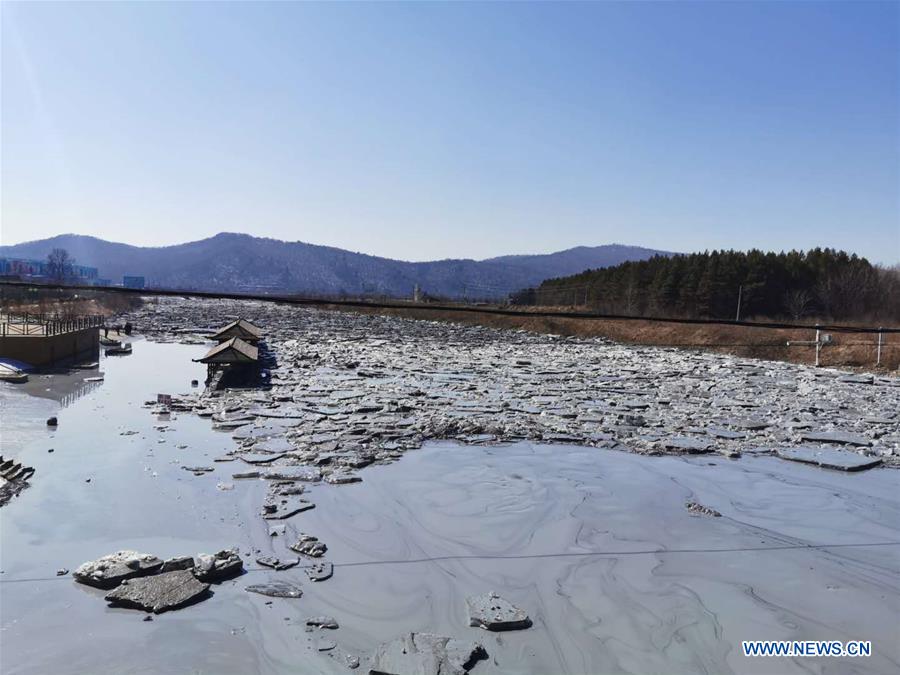On Saturday, March 28th, the first reported tailings spill of 2020 contaminated local water sources in Heilongjiang Province, China.
The largest molybdenum mine in China, operated by Yichun Luming Mining Co, released 2.53 million cubic meters of tailings into the Yijimi River. Tailings are a mine waste product containing crushed rock, chemicals and water that are usually stored as a slurry behind dams. The recent spill was the result of a leak and the overall structure remains intact.

In response, Chinese authorities rushed an emergency response team to the site. The Yijimi River is the main water source for the area, which includes the city of Tieli with a population of over 200,000. The response plan included closing a water plant and providing alternate water sources for affected areas.
A 2018 inspection of the site by the Chinese Ministry of Emergency Management found that the company and its tailings storage “had serious potential safety risks.” The mine had already been fined at least twice for concerns related to tailings management.
This spill comes on the heels of an announcement by the Chinese Ministry of Emergency Management that puts new safety and environmental restrictions on the 8,000 tailings dams in China. On March 20th, the government revealed it would limit the number of new tailings dams built in China and close older dams. The new regulations also restrict the height of dams to 200 meters and ban dams within 1 km of residential areas or important facilities, or 3 km of the Yangtze or Yellow rivers. However, these steps may not be enough given the serious impact that smaller dams can have. The tailings dam that collapsed in Brumadinho, Brazil and killed 270 people last year was 86 meters high and the waste traveled for 5 miles overland before entering local watersheds.

In its announcement of the new regulations, the Chinese government named the “inadequate implementation of corporate responsibility” as the first safety problem in tailings management. It specifically pointed to a lack of on-site safety management, insufficient emergency materials, and dams being operating outside of the parameters under which they were designed. It also highlighted weakened enforcement and supervision as a safety concern, saying “blind optimism,” “neglecting risk management and control,” and an “unclear grasp of the dynamic changes of some tailings storage” pose risks to safety.
This latest spill comes shortly before the expected release of the Global Tailings Standard (GTS), a multistakeholder review of tailings management governed by the UN Environmental Programme, the investment sector (PRI), and the mining industry (ICMM). While the Chinese government has only taken small steps in the direction of regulating a dangerous industry, many go further than the limits proposed in the draft GTS released in December.
The Global Tailings Standard must make safety the guiding principle in design, construction, operation and closure. This means discouraging technologies and designs that have a track record of failure, including restricting where and how dams are built. The Standard must allow communities to make decisions in their best interests and hold companies accountable for their actions. Finally, there must be independent oversight of mining operations to ensure compliance with safety requirements.
